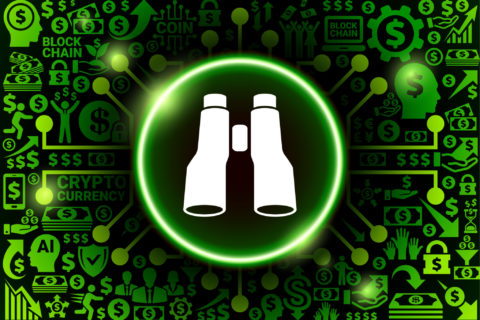The insights we share are fixed, but how we communicate that information is in our gift. As an industry, we owe it to ourselves to make our insights more memorable, leaving our clients and their stakeholders informed and inspired to make better decisions.
Why does experience matter?
Psychology tells us that experiences make us happier than material things. With consumers continuing to spend less on buying things, and more on doing things, the response has been a fundamental shift. Most categories are becoming more experiential. Even the dullest essentials, such as razors, socks and tampons, are now being sold as part of a brand experience.
As consumers’ expectations rise on what constitutes an engaging experience, they’re looking for more from these interactions. Stylus calls this trend The Sensory Opportunity (August 2018): consumers are chasing multisensory experiences that enhance their wellbeing, increase their sense of belonging, and offer an exhilarating escape from digital overload.
Multisensory immersive experiences are highly effective when it comes to memory. They create vivid brand associations, are more memorable and engage consumers on a much deeper level. The most effective experiences stimulate multiple senses at the same time, and can increase brand impact and engagement by over 70% (Martin Lindstrom, 2017).
We argue that the experience and memory needs of our research stakeholders are the same. PowerPoints, infographics and Ted Talks are no longer good enough. Throwing in a few sweets and an energizer no longer cuts it. In this new world of fragmented attention and information overload, we must work much harder as researchers to make our message heard and to make it memorable. The way to do that is via multisensory stimulation.
In this new world of fragmented attention and information overload, we must work much harder as researchers to make our message heard and to make it memorable
Communicating Content, Making Memories
Starting with the premise that the information we need to communicate is fixed – i.e. our research insights – but how we deliver that information is in our gift, frees us to take inspiration from a very different world. That of the arts and culture.
Around twenty years ago, museums, galleries and heritage sites were challenged with making their core context – objects and facts – more universally engaging. A requirement of funding changes and the need to engage bigger, more diverse audiences. From affordable solutions, such as handling objects and interactive storytelling, to more inspired ideas, such as escape rooms and multisensory exhibitions, cultural organisations today use every experiential trick in the book to communicate information. And are welcoming record visitor numbers as a result.
Music has similarly had to work hard to appeal to more discerning audiences. Once festival-goers were content with a warm pint and a great line up. Today festivals are a riot of experiences, from specular theming and artistic programming, to the food and drink served. Nothing is left to chance. The line-up is just one element of a whole experience where anticipation begins from the moment the ticket is booked.
Applying to Insights
As researchers we can take learnings from this and think creatively, beyond PowerPoint. Do more to bring your insights to life. Use objects, stage sets and real people to evoke an emotion or land an insight. Think about the total experience of your participants. Use anticipation, lighting, music and interactive tasks to enable your client to experience your debriefs differently. Ask yourself – what do we want people to learn? How do we want them to feel? What do we want them do to afterwards?
What about a mini-breakout session to share your latest NPS scores? Collaborating to discover the answer will not only make the score memorable, but it is also more likely to encourage creativity and investment in coming up with solutions together. Or why not create an immersive station to bring your insights to life. Symbolic objects with interpretation labels, iPads playing vox pops and large format images on a gallery wall will communicate your findings in a multisensory and therefore more memorable way.
Once we start to use our imagination the possibilities are endless and your audience will reward you by being fully present.
View your next report not as the end-point but as source material. We could all read the history book or listen to the album, but where’s the fun in that? Once we start to use our imagination the possibilities are endless and your audience will reward you by being fully present. In a world of time constraints and fragmented attention we cannot underestimate the importance of this. And in an industry with the power to invoke change, we must get creative.


